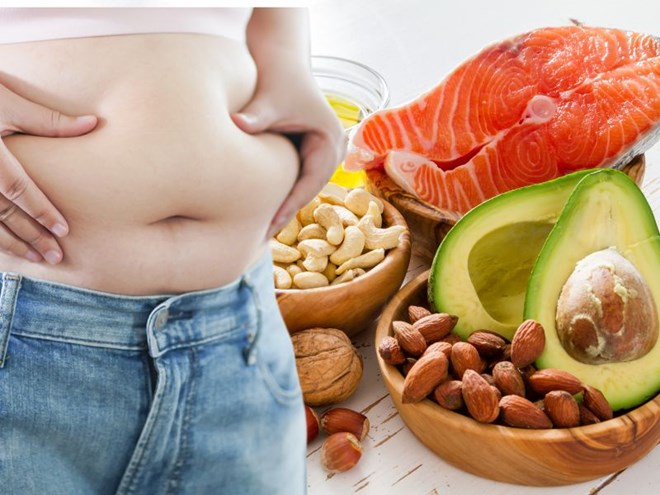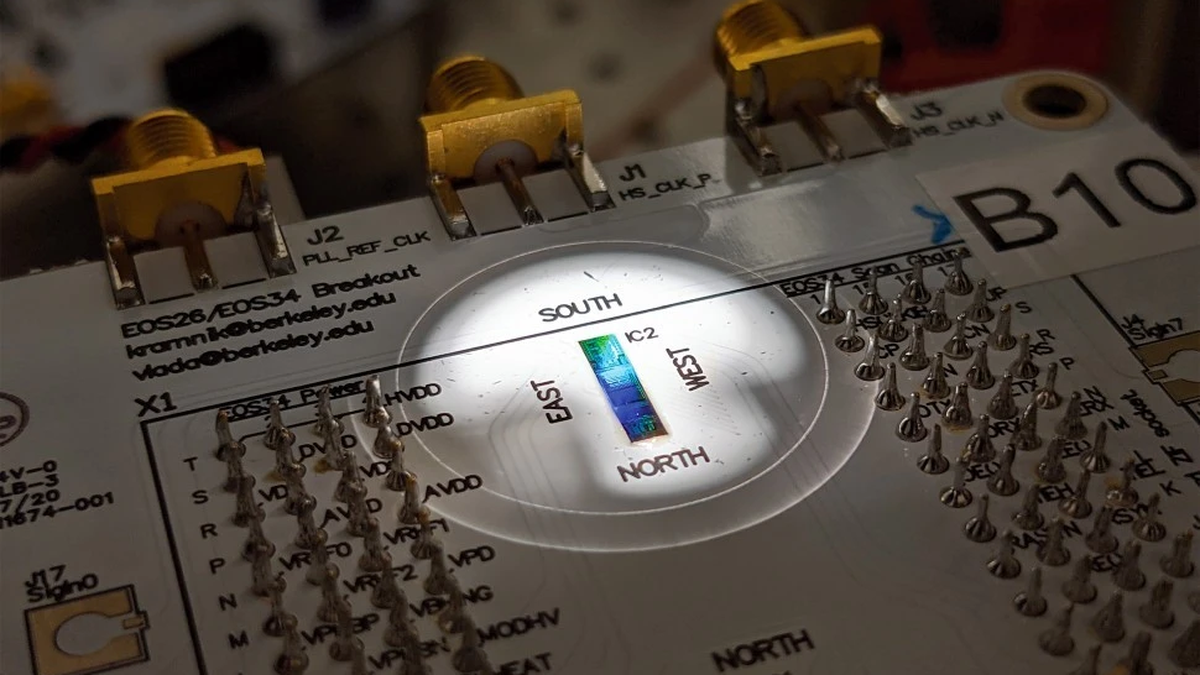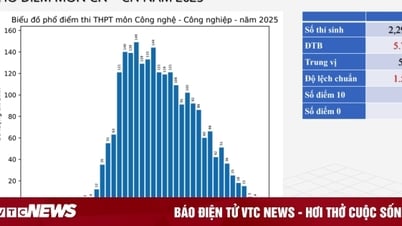
Arrange a reasonable diet
Daily diet is the key to reducing visceral fat. You must eat three meals a day at regular intervals to avoid feeling hungry and too full after a meal.
Eat less processed foods, eat more natural foods, consume more low-calorie, high-fiber, low-fat foods such as fruits, vegetables, protein...
Control food intake
Everyone's diet is different. Don't blindly follow weight loss trends, but control your diet to suit your physical condition and needs. Adjust your eating order, eat low-calorie foods first, slow down your eating speed, and only eat until you're full.
Drink more water
Water is an important part of the human body. Drinking plenty of water helps metabolize waste and promotes fat burning. Drink at least 8 glasses of water a day to prevent hunger.
Get enough sleep
Don't stay up late continuously and don't get enough sleep, this will accelerate the aging process of the body, inhibit leptin secretion and is not conducive to reducing visceral fat.
Chew food slowly
Chewing food slowly helps digestion and the brain can also receive timely satiety signals, which can reduce the risk of eating too many calories.
Exercise more
Increasing exercise is one of the best ways to reduce visceral fat and can help burn fat and fight aging. You should do at least 150 minutes of aerobic exercise each week, such as playing ball, jumping rope, running, swimming... to improve physical endurance.
Food Combinations
Starchy foods can supplement carbohydrates for the body and help provide metabolic energy. Therefore, consuming the right amount of food is imperative.
Combine coarse and fine grains - this can prolong satiety.
Source: https://laodong.vn/dinh-duong-am-thuc/7-meo-giam-mo-noi-tang-thiet-thuc-ma-khong-bi-doi-1382092.ldo







































































































Comment (0)